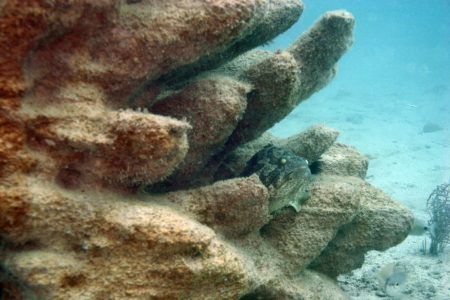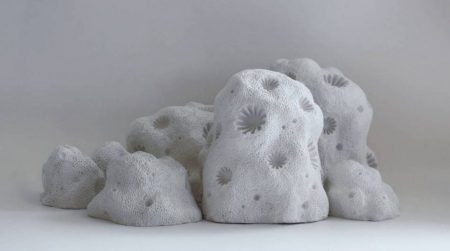September 15, 2016 – A Dutch island in the Caribbean is attempting to preserve its coral reefs a number of ways. One involves planting new coral. The other uses 3D printing technology to create reef material that has the same shape, texture and chemistry of coral to attract free floating coral polyps. Take a look at the images below. These items are all products of 3D printing.
Bonaire isn’t alone in trying to use 3D printing to restore its aquatic surroundings. Similar efforts are happening off the coast of Monaco, the Persian Gulf states and Australia.
States Fabien Cousteau, the grandson of the oceanographer and inventor of scuba technology, Jacques Cousteau, “3D printed corals can generate real change and establish real growth for reefs, one of the key attractions for visitors and divers alike in Bonaire….This technology is less labor-intensive than current coral restoration processes, creating a larger impact in a shorter amount of time.”
Cousteau gave a TED Talk in 2014 describing the science of coral reefs and the technology being applied to better understand the health of these ecosystems. Cousteau’s involvement in the Bonaire project is in planning the type of 3D-printed output and its placement.
The technology deployed comes from Reef Design Lab, a Melbourne, Australia-based, not-for-profit organization focused eco-engineering. The technology uses a low-carbon footprint sandstone material as its ink to construct objects that achieve an “organic” appearance attractive to marine reef life. Ask the fish in the picture below if the reef where it is seeking shelter is the real thing or 3D printed?
Reef Design Lab is convinced that its technology can rebuild reefs, reduce coastal erosion and repopulate ocean areas where climate change and a warming ocean are causing massive coral whitening.












